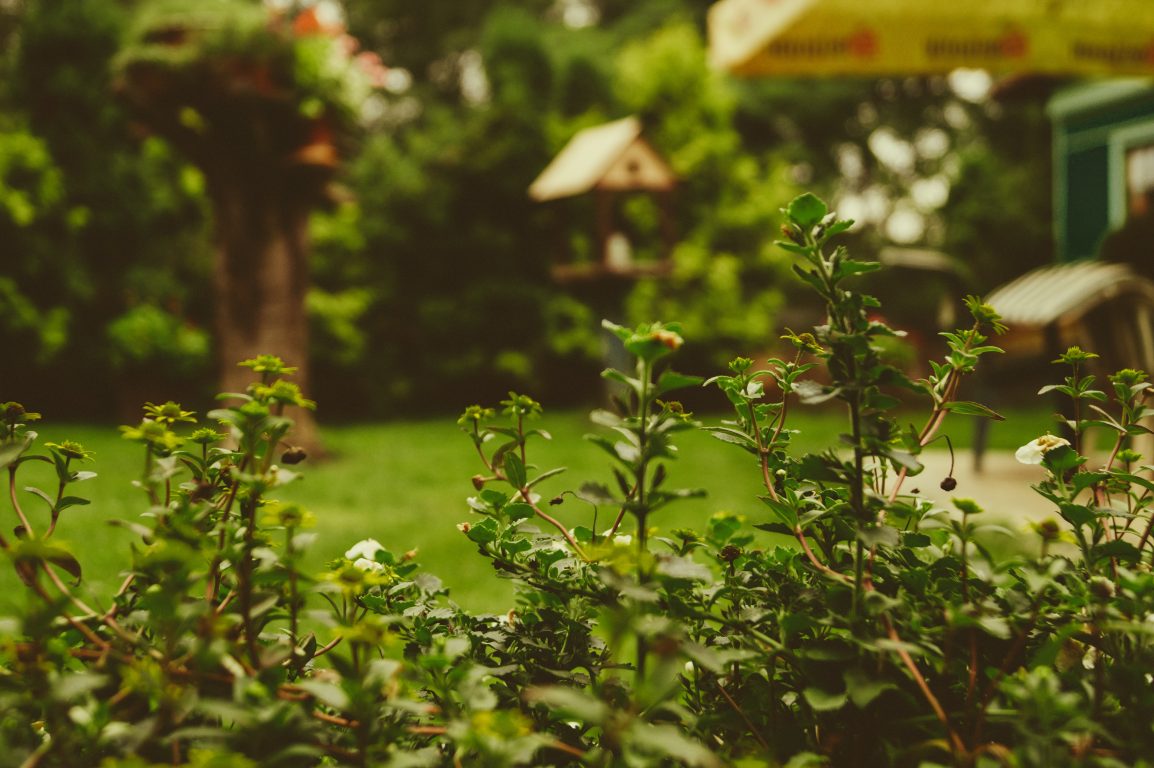Gardening is a wonderful hobby that connects people to nature. While creating beautiful landscapes and growing fresh produce, gardening also helps to support biodiversity. Wildlife requires food, shelter, and water, and by gardening for wildlife, you can provide these essential elements in your backyard. In this article, Vikki Gerrard La Crosse WI explores how to create a habitat garden that will support biodiversity, attract wildlife, and enhance your overall garden experience.
Understanding Biodiversity And Wildlife Habitat
Biodiversity is the variety of living organisms in an ecosystem and is critical for maintaining ecological balance and functioning. Creating a habitat garden can support local biodiversity threatened by habitat loss, climate change, and human activities. A wildlife habitat provides the necessary conditions for different species of plants and animals to survive and thrive. A habitat garden can be created by incorporating different types of plants, such as trees, shrubs, perennials, and annuals, that provide food and shelter for wildlife. Bird feeders, birdhouses, water sources, and wildlife hideouts like brush and rock piles can also be added.
Choosing Plants For A Habitat Garden
Plants are the foundation of a habitat garden. To create a diverse and sustainable garden, opt for native plants adapted to local conditions. Native plants generally provide the best food and shelter for native wildlife and are also easier to maintain. Consider choosing a mix of flowering plants that bloom at different times of the year to provide a continuous source of nectar for pollinators. Shrubs and trees, particularly those with fruits or seeds, are essential food sources for birds and small mammals. Include plants with different heights, textures, and colors to provide a variety of habitats for different wildlife.
Top Plants To Include In Your Habitat Garden
Here are some specific plants that you should consider using in your garden:
– Milkweed: This plant provides food and habitat for monarch butterflies, whose populations have declined recently.
– Goldenrod: This plant provides nectar to bees, butterflies, and other pollinators.
– Wild Bergamot: This plant is another excellent source of nectar for pollinators.
– Switchgrass: This tall grass is a great shelter for small mammals and birds.
– Oak Trees: The acorns produced by oak trees are an important food source for many animals.
Providing Water For Wildlife
Water is a crucial element of a habitat garden. You can provide water sources through birdbaths, ponds, fountains, and puddling areas. Birdbaths are the most common and easiest way to provide water for birds. They should be shallow and have a rough texture to prevent birds from slipping. Ponds and fountains are more complex water features that require more maintenance, but they can attract more wildlife and provide a more complete habitat. Puddle areas are shallow depressions filled with sand and water, providing essential minerals for butterflies and insects.
Creating Wildlife Hideouts
Wildlife hideouts offer protection and shelter for wildlife to rest, hide from predators, or raise their young. You can create natural hiding places by incorporating dense shrubs, trees, tall grasses, and leaf litter. Brush and rock piles are great hideouts for birds, lizards, and small mammals. You can create a brush pile by randomly stacking twigs, branches, and leaves. Rock piles can be created by placing large rocks in a random pattern. Adding a few logs or boulders will create different micro-habitats for additional wildlife.
Maintaining A Habitat Garden
Maintaining a habitat garden is essential to support local biodiversity and meet its full potential, says Vikki Gerrard La Crosse WI. The maintenance tasks include weeding, pruning, watering, and fertilizing. Don’t forget to leave some plant debris, such as fallen leaves and sticks, since they provide habitat and food for insects and other creatures. Also, avoid using harmful chemicals, such as pesticides, since they can kill beneficial wildlife and disrupt the ecosystem. Opt for organic and natural methods of pest control. Gardening for wildlife doesn’t require a perfectly manicured garden. Native plants tend to have a more relaxed and naturalistic look, which adds to the beauty and charm of a habitat garden.
Practical Tips For Creating Your Habitat Garden
Here are some practical tips to help you get started:
– Start Small: If you’re new to gardening, start with a few key plants.
– Work with Your Landscape: Use the natural features of your existing landscape to your advantage.
– Think Vertically: Use trellises, walls, and other vertical surfaces to add growing space.
– Create a Compost Pile: Create a compost pile to recycle food scraps and garden waste. This reduces waste and provides a source of organic matter for your garden.
– Monitor Your Garden: Keep an eye on your garden and adjust as needed. Over time, you’ll learn which plants do best and make the necessary changes.
Conclusion
According to Vikki Gerrard La Crosse, gardening can be more than just a pastime; it can be a way to enhance the environment and support biodiversity. Creating a habitat garden can allow local wildlife to thrive and coexist with humans. Whether you have a small balcony or a large backyard, you can incorporate elements like plants, water sources, and hiding places to create a diverse and welcoming habitat. Turn your garden into a sanctuary for wildlife and enjoy the beauty and benefits of nature right at your doorstep.

